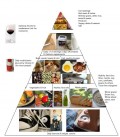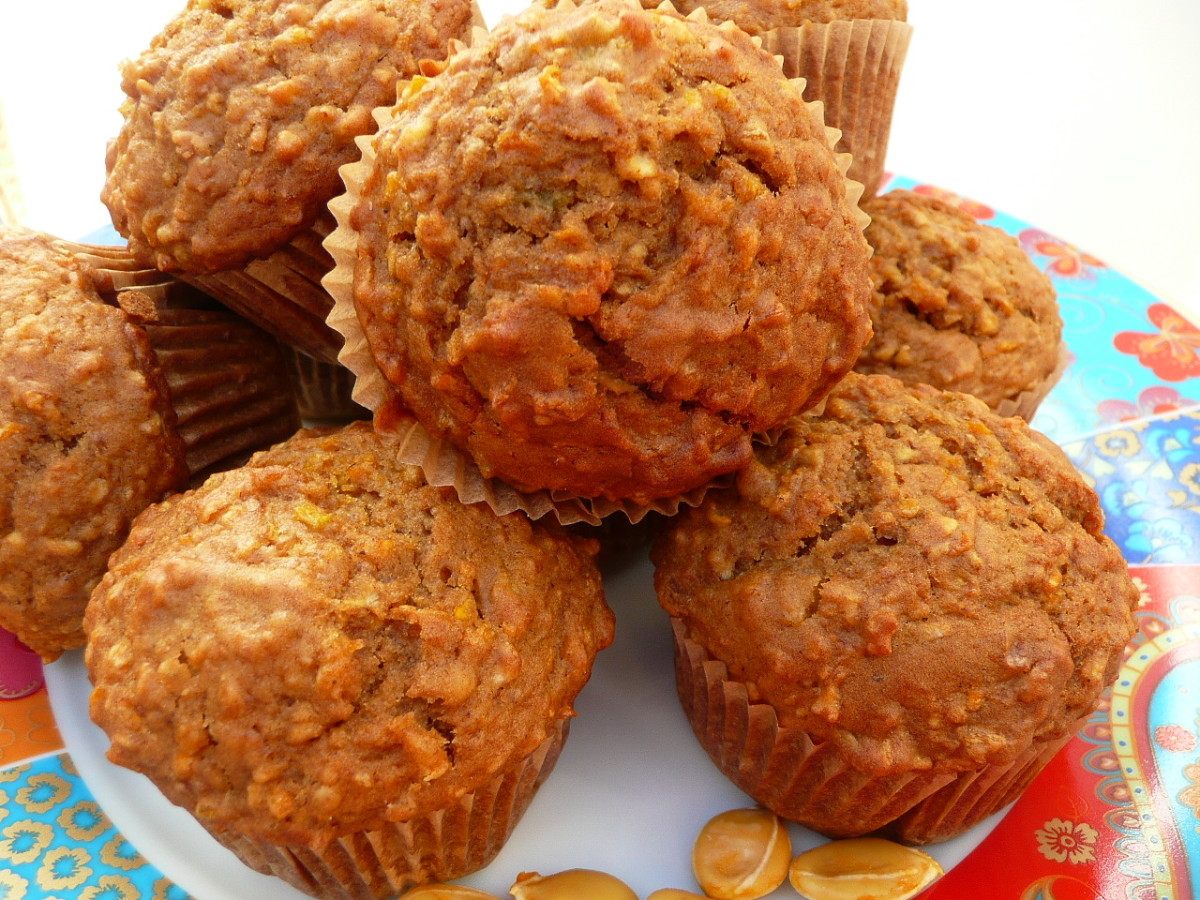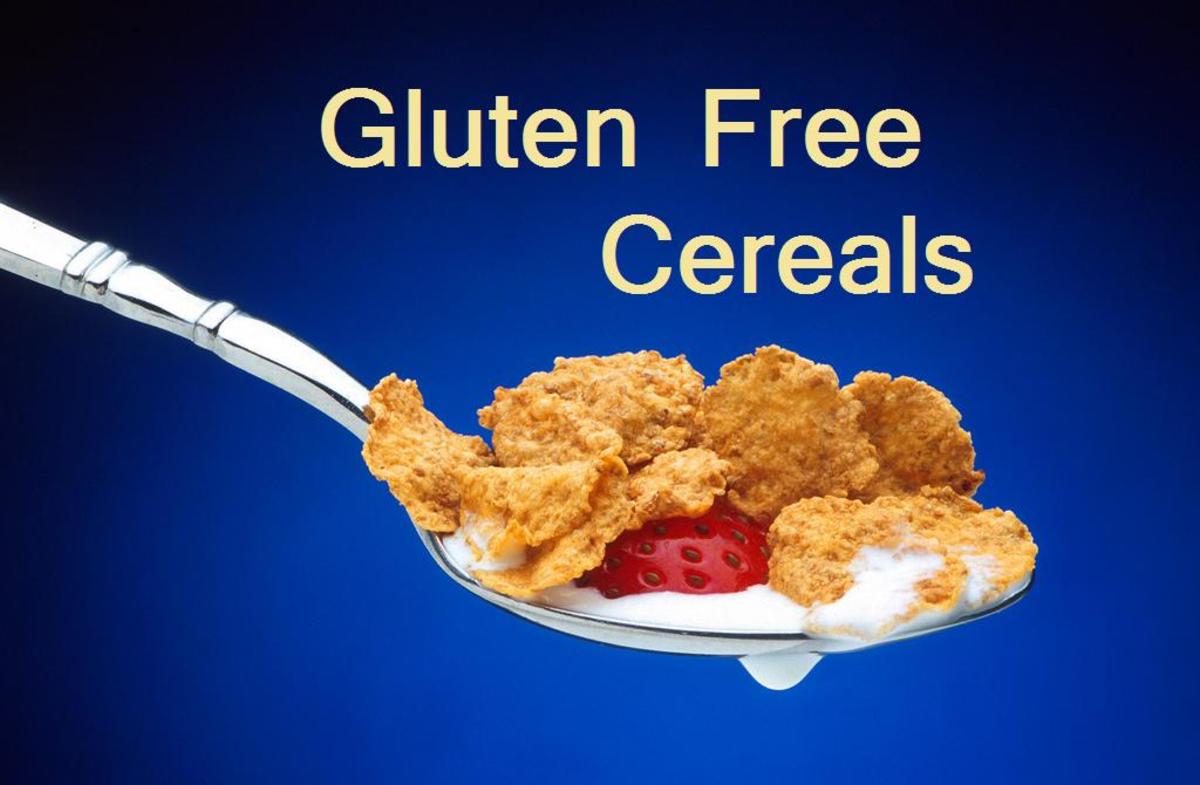Eating Clean is Good for Your Health
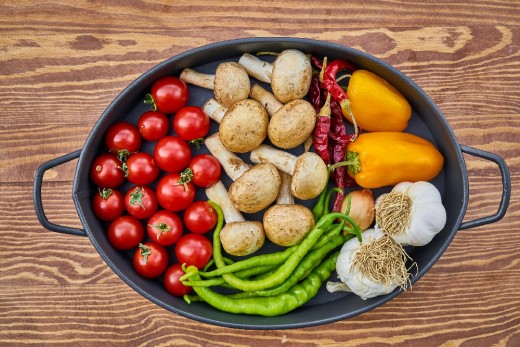
You may not be familiar with the term eating clean, but it's a very simple concept that provides the body with healthy and nutritious fuel. If you ask several "clean eaters" to define what it means, you'll probably get a different response from each one. But there is one definition that all "clean eaters" agree on. They don't eat processed food and all the chemicals it contains.
- What is clean eating? - Mayo Clinic
Clean eating values whole, natural foods over processed and refined ones. Sounds like healthy eating, doesn't it?
Eating Clean
Clean eating is not really a new concept, but its updated name is getting a lot of attention. It isn't calling for people to give up meat, count calories, or go on fad diets. Eating clean is a healthy lifestyle that more-and-more people are following. Optimize your health, feel better, and increase your energy by eliminating processed foods, chemical additives, food coloring, and sugar. It's a lifestyle your doctor won't complain about or call a fad, and it is one that can only affect your health in a positive way.
Purchase fresh vegetables, fruits, lean cuts of meat, and fish. Broil, bake, or grill your meats rather than frying. Prepare your food as simply as possible to gain the greatest health benefits. Don't marinate meats in a manufactured sauce with questionable ingredients. Make your own sauces and seasonings. The internet is full of free recipes, and the libraries (physical or electronic) are replete with cookbooks written for healthy recipe enthusiasts.
What the Experts Say
- What is clean eating? - Mayo Clinic
Clean eating values whole, natural foods over processed and refined ones. Sounds like healthy eating, doesn't it? - https://www.hsph.harvard.edu/nutritionsource/healthy-weight/best-diet-quality-counts/
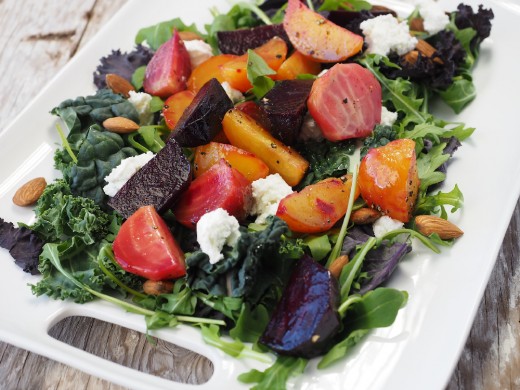
Food Additive History
If you think about it, only a few generations ago almost all food was clean. Salt, vinegar, sugar, and oil have always been used in the preserving process, especially home canned foods. Today, we are unsure of what things are in the packaged and prepared foods we buy. Even though ingredients are listed, the names of the additives can be difficult to pronounce and harder to define.
It was 1950 when the government passed the Oleomargarine act because companies were trying to pass it off as butter. During World War II, margarine came in a bag with a packet of yellow food coloring. Families added the food coloring to the bag with the margarine, closed the bag, and then squeezed it over and over until the yellow was evenly distributed. People didn't like it, and after the war when rationing had ended it was not a popular product. Manufacturers added coloring to the margarine, packaged it to look like butter, and tried to fool consumers.
Harvard Medical School Addresses Dangers of Food Additives
- Common food additives and chemicals harmful to children - Harvard Health Blog - Harvard Health Publi
Food additives and chemicals are found in many products from canned corn to shampoo and can be harmful to children. Simple steps can help reduce exposure.

As manufacturers tried to find new ways to make foods last longer on the shelves of small family grocery stores, chemical additives and preservatives grew in use. In 1958, the Food Additives Amendment was enacted. This amendment require manufacturers to declare every additive that was in a product. Also, in 1958, the Food and Drug Administration (FDA) published the first list of food substances and additives that were "generally recognized as safe" (GRAS). In 1966, food was included in the Fair Packaging and Labeling act that required all consumer products shipped in interstate commerce to be labeled honestly and informatively. More laws have been made since the 60s, but they haven't addressed the issue of the number and types of chemical additives and preservatives in food. and beverages.
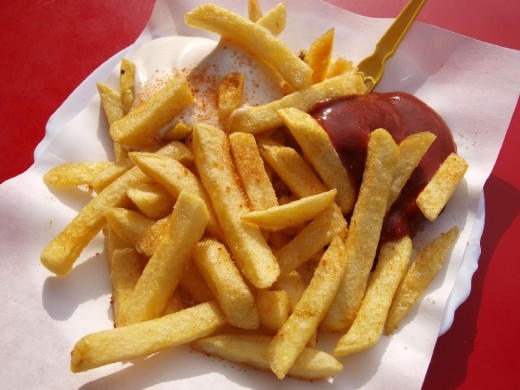
Fast Food Distortions
When you purchase French fries, you might think you are getting potatoes, an oil, and salt, but you are getting much more. Here's the ingredient list for French fries from a popular fast food restaurant.
-
Potatoes
-
Vegetable oil (canola, corn, soybean)
-
Hydrogenated soybean oil
-
Natural beef flavor (wheat and milk derivatives)
-
Dextrose
-
Sodium Acid Pyrophosphate
-
Salt
People with allergies to wheat or milk should not be eating these French fries. Should you be eating these French fries? Think about it.
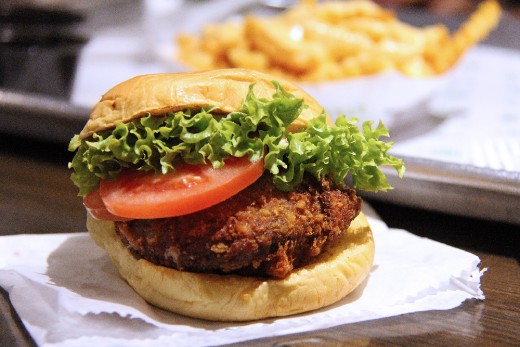
When you grill a piece of chicken, you probably add a little salt, pepper, and another favorite spice or two. If you purchase a fast-food chicken sandwich to go with those fries, you are getting a few more items in your sandwich according to the ingredient list.
-
Chicken breast filet
-
Chicken rib meat
-
Water
-
Vegetable oil (canola, corn, soybean, hydrogenated soybean)
-
Wheat flour
-
Vinegar
-
Sea salt
-
Baking soda
-
Inactive yeast
-
Natural flavor
-
Potato starch
-
Buttermilk (cultured nonfat milk, salt, sodium citrate, vitamin A palmitate, vitamin D3)
-
Salt
-
Citric acid
-
Rice starch
-
Palm oil
-
Corn starch
-
Rice flour
-
Yellow corn flour
-
Natural flavors
-
Spices
-
Baking soda
-
Sugar
-
Garlic powder
-
Xanthan Gum
-
Maltodextrin
It seems like a lot of unnecessary ingredients when a piece of broiled chicken sliced up and placed on top of a bowl of lettuce, tomatoes, red onions, and crispy carrots tastes is healthier and tastier. Many people are aware of the dangers of fast food and have either eliminated it from their diet or have significantly reduced the amount they eat, but millions of others devour it every day of the year.

At the Grocery Store
The modern grocery store is a chemical warehouse. Every aisle is laden with packaged products they want you to buy. Manufacturer's labels tell you their food is fresher, faster, tastier, and easier to prepare. Something including rice or pasta might tell you to just add water and it will be ready to eat in 20 minutes. Some frozen meals are called "complete," and you can toss the whole bag into the microwave and never dirty a pan. Are the chemicals in the plastic freezer bag and the inks from the package printing leaching into your food while it is steaming at a high temperature in your microwave? Buy your food from the outer aisles of the grocery store where you'll find fresh produce and meats. Buy organic whenever possible.
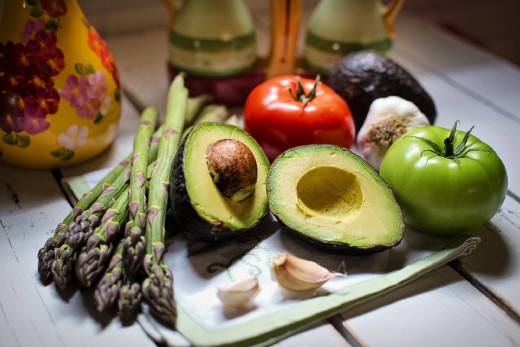
For the Vegetarian
Clean eating makes perfect sense for the vegetarian. A diet of canned, packaged, and frozen foods is not the best fare for a vegetarian. Not eating meant does not mean your diet is healthy if you are eating canned soups, frozen pizza, sugar-laden sauces, spaghetti in a can, and instant dinners that simply don't contain meat. Many canned foods, soups, pastas, and other "quick meals" contain meat byproducts and flavoring. Once you become a label reader, your food-purchasing habits will change.
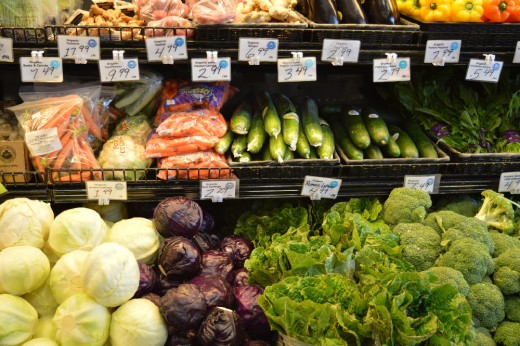
It's Time to Eat Clean
Start eating clean with your next trip to the grocery store. Buy the vegetables your family enjoys from the produce section, rather than the canned foods aisle. The flavor is better, your veggies won't be waterlogged and soggy, and they'll be full of health-giving vitamins and minerals. Your children will enjoy fresh fruit far better than canned. Heating fruit during the canning process destroys vitamins. Your health will improve, your energy levels will increase, and your food will taste so much better when you eat clean.
This content is accurate and true to the best of the author’s knowledge and does not substitute for diagnosis, prognosis, treatment, prescription, and/or dietary advice from a licensed health professional. Drugs, supplements, and natural remedies may have dangerous side effects. If pregnant or nursing, consult with a qualified provider on an individual basis. Seek immediate help if you are experiencing a medical emergency.
© 2019 Judith Hayes





